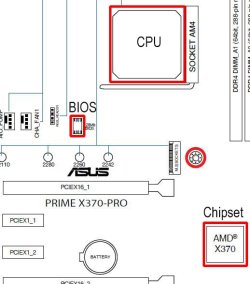Markg2
Well-known member
When you turn on a computer and the screen result is (paraphrased) the drive is not present/gone/toast. Does that mean that any effort to do BIOS work is also not present? I thought the BIOS lived on the ROM which lives on the CPU which has nothing to do with the drive or Windows until the BIOS loads Windows. I'd be delighted for a link to the best tutorial on this. Thanks, Mark
My Computer
System One
-
- OS
- Windows 10
- Computer type
- Laptop
- Manufacturer/Model
- Lenovo Win11 laptop Slim 7 evo i7
- CPU
- 12th Gen Intel(R) Core(TM) i7-12700H 2.30 GHz
- Memory
- 32.0 GB (31.7 GB usable)
- Sound Card
- Realtek High Definition Audio
- Hard Drives
- SAMSUNG MZNLN512HCJH-000L1 (SSD)
- Browser
- Firefox
- Antivirus
- Bitdefender
- Other Info
- NORD_VPN -- The previous OS, Win10 will not allow the new Win11 to save.






